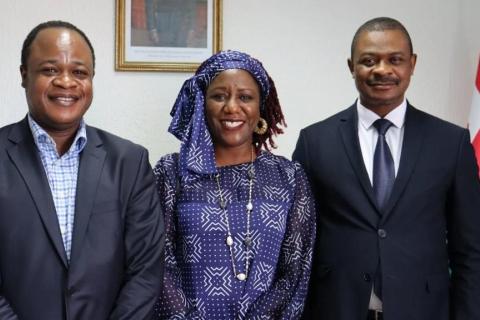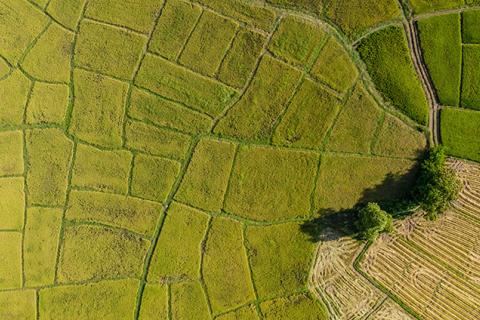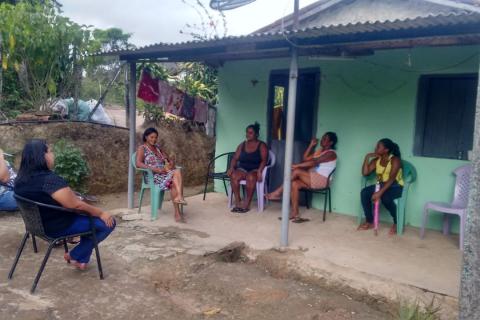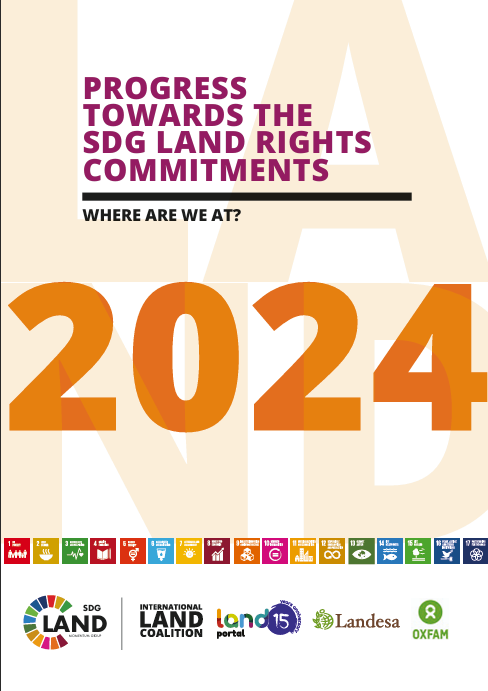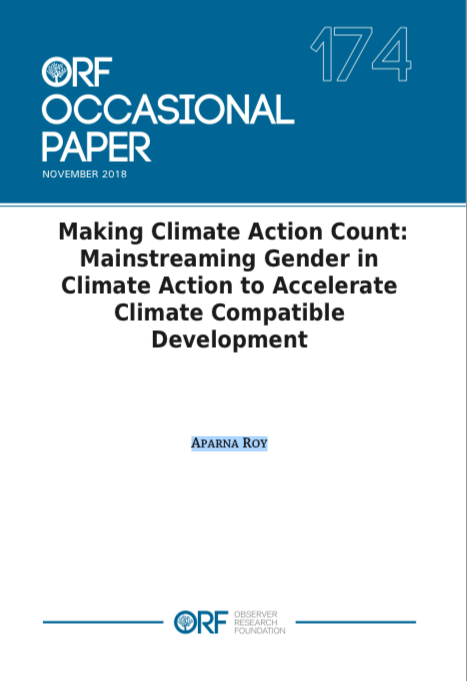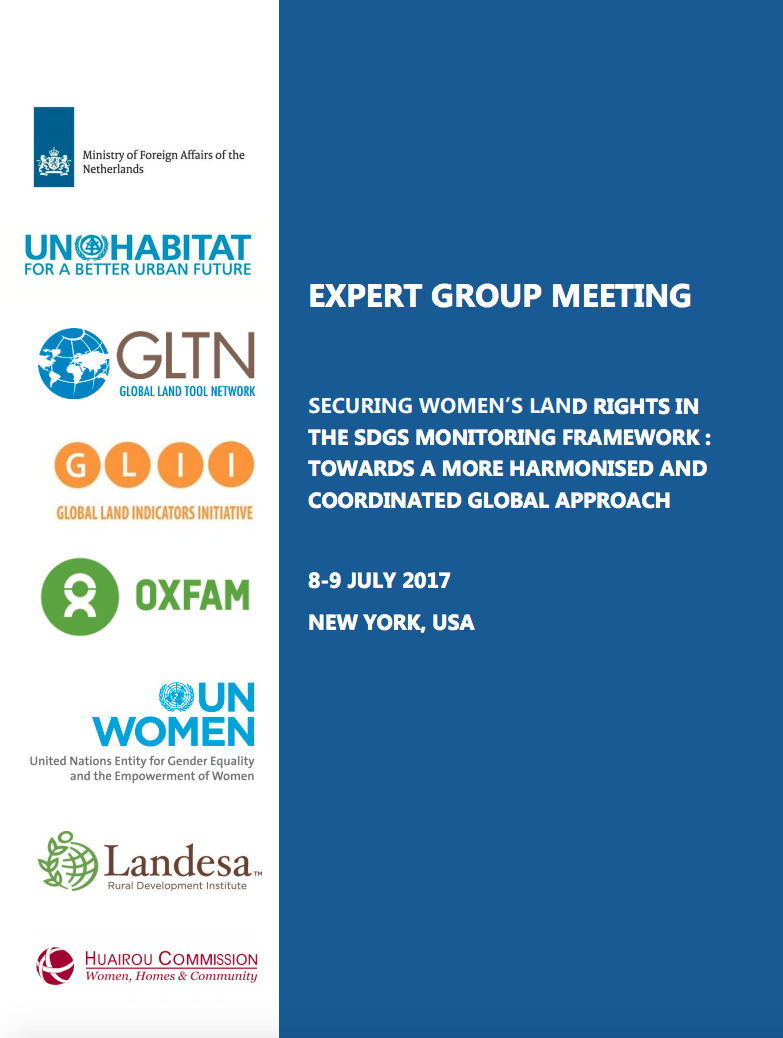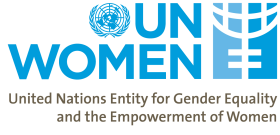
(a) Proportion of total agricultural population with ownership or secure rights over agricultural land, by sex; (b) share of women among owners or rights-bearers of agricultural land, by type of tenure
Last updated on 1 February 2022
This indicator is currently classified as Tier II. The Food and Agriculture Organization of the United Nations (FAO) is the main Custodian agency. UN Women, the United Nations Statistics Division, the World Bank, United Nations Environment Programme (UNEP), and UN-Habitat are partner agencies.
Unit of measure: Proportion of total agricultural population with ownership or secure tenure rights over agricultural land, by sex; share of women among owners or rights-bearers of agricultural land, by type of tenure
Why is this indicator important?
The empowerment of women and girls and the realization of gender equality are pivotal in achieving sustainable development, peace, food security, and other benefits for communities and societies at large. For rural women in particular, rights and access to land are needed to secure food and income for families, and to make women's voices count in community decision-making.
SDG indicator 5.a.1 monitors ownership and rights over agricultural land and is useful in profiling gender differences in agricultural land ownership and control in the sense of being able to sell or bequeath land, for example. As such, it allows to measure gender inequalities in agricultural land ownership and control. An increase in the percentage of women who own and/or control agricultural land indicates that progress is made towards achieving equal rights to land among men and women.
How is the indicator measured and monitored?
According to the metadata document, data collection draws on agricultural surveys and censuses or national household surveys. The indicator uses the agricultural population as a denominator with emphasis on the adult population living in households that have practiced agriculture over the last 12 months. This allows to capture agricultural households even if interviewed off-season. As of late 2021, ten countries have reported their official data on indicator 5.a.1.
In collaboration with UN-Habitat and the World Bank, FAO developed a joint methodology for the indicators 1.4.2 and 5.a.1 to facilitate efficient and cross-country comparable data collection. More information and additional data relating to indicator 5.a.1 such as the distribution of agricultural holders (by sex), distribution of agricultural land area owned (by sex), distribution of agricultural land value owned (by sex) is disseminated through FAO’s Gender and Land Rights Database. Disaggregated data by tenure type shall receive more attention in future reporting.
By Anne Hennings, peer-reviewed by Everlyne Nairesiae, GLII Coordinator at the Global Land Indicators Initiative (GLII) at GLTN, Un-Habitat and Clinton Omusula, Land Data and Knowledge Management Specialist at the Global Land Indicators Initiative (GLII) at GLTN, UN-Habitat and by FAO.
Official indicator data
The two sub-indicators measure how prevalent ownership or secure rights over agricultural land are in the reference population as well as the share of women among owners or rights-bearers. * Select "year" below to see the most recent data for more countries. ** To refresh the map with other official data, use the "Select an indicator" field. Type in the other indicators titles, as given in the table below.
Other related indicators on Land Portal
In addition to the official indicator data, the following indicators provide information concerning women’s tenure security, land rights, and access to land.
| Indicator | Min-Max Number of years |
Countries / Obs | Min / Max Value |
|---|---|---|---|
| Distribution of agricultural land area owned by sex (female - share%) | |||
| Formal recognition of women's right | |||
| Women's property rights are recorded (i) urban (ii) rural | |||
| 2016 - Women's property rights to land are equal to men's (i) in law and (ii) in practice |
Pan-African Conference on Community Land Rights identifies urgent collective land rights reforms and women's rights as critical for securing social peace in Africa
Delegates from 12 countries united in Lomé, Togo for the 3rd Conference by the African Land Institutions Network for Community Rights (ALIN); They highlighted successes and challenges from ongoing community land rights reforms in their countries, and charted a roadmap for the future; The conference, hosted by the Government of Togo, was initiated by the Rights and Resources Initiative (www.RightsandResources.org) and co-organized by International Land Coalition, Africa.
Eight Breakthroughs for Land Rights in 2020
2020 was a tough year on many fronts, and land rights were no exception. COVID-19 hindered land rights advocates from doing field research, meeting with government officials, prioritizing policy initiatives, and obtaining funding.
Despite these headwinds, we have seen important advances, and the field continues to grow. Here are eight breakthroughs in 2020 to celebrate:
#1: New laws and policies
Advancing women’s land rights in the midst of the COVID-19 “perfect storm”: the case of Bonito land regularization in Brazil
"I worked for ten years with my husband to build our house on the land we bought, but he died unexpectedly. His daughters expelled me from my house and my land. He and I lived together for fifteen years but I had no means to claim my rights and was not aware of my [vulnerable] situation." --Maria José, from Caruaru
Empowering Women for Open Data Mapping in Agriculture: Implications for Land Rights and the SDGs in Africa
This blog recapitulates the interventions made by the panelists of a recently held GODAN Action webinar on “Empowering Women for Open Data Mapping in Agriculture: Implications for Land Rights and the SDGs in Africa”, Victor Sunday, Dr. Toyin Ojo, Nathalie Sidibe and Uchechi Shirley Anaduaka.
Paginación
- Page 1
- Next page next ›
Progresso em direção aos compromissos de direitos fundiários dos ODS
Direitos à terra seguros para todas e todos - mulheres e homens, independentemente de etnia ou religião, ou status civil, econômico, social ou político - são fundamentais para alcançar um mundo livre de pobreza, fome e discriminação sistemática de gênero.
Progress Towards the SDG Land Rights Commitments
Secure land rights for all—women and men, regardless of ethnicity or religion, or civil, economic, social, or political status—are foundational for achieving a world free of poverty, hunger, and systematic gender discrimination. So, in 2015, we celebrated when world leaders recognized the critical importance of land rights within Agenda 2030 and the Sustainable Development Goals.
Metadata on SDGs Indicator 5.a.1
Indicator 5.a.1: (a) Proportion of total agricultural population with ownership or secure rights over
agricultural land, by sex; and (b) share of women among owners or rights-bearers of agricultural land, by
type of tenure
Making Climate Action Count: Mainstreaming Gender in Climate Action to Accelerate Climate Compatible Development
The first universal, legally binding global climate accord signed at the 21st session of the Conference of Parties (COP) in Paris in 2015 committed to long-term goals for “holding the increase in the global average temperature to well below 2°C above pre-industrial levels and to pursue efforts to limit the temperature increase to 1.5°C above pre- industrial levels.” However, as world leaders pr
Expert Group Meeting: Securing Women's Land Rights In The SDGs Monitoring Framework
This Expert Group Meeting (EGM1 ) was convened with the purpose of examining land indicators in the Sustainable Development Goals (SDGs) and promoting meaningful and harmonised approaches to monitoring women’s land rights (WLR)2 .
Paginación
![]()
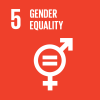
Undertake reforms to give women equal rights to economic resources, as well as access to ownership and control over land and other forms of property, financial services, inheritance and natural resources, in accordance with national laws
Indicator details
The indicator is conceptually clear, has an internationally established methodology and standards are available, but data is not regularly produced by countries.
Key dates:

